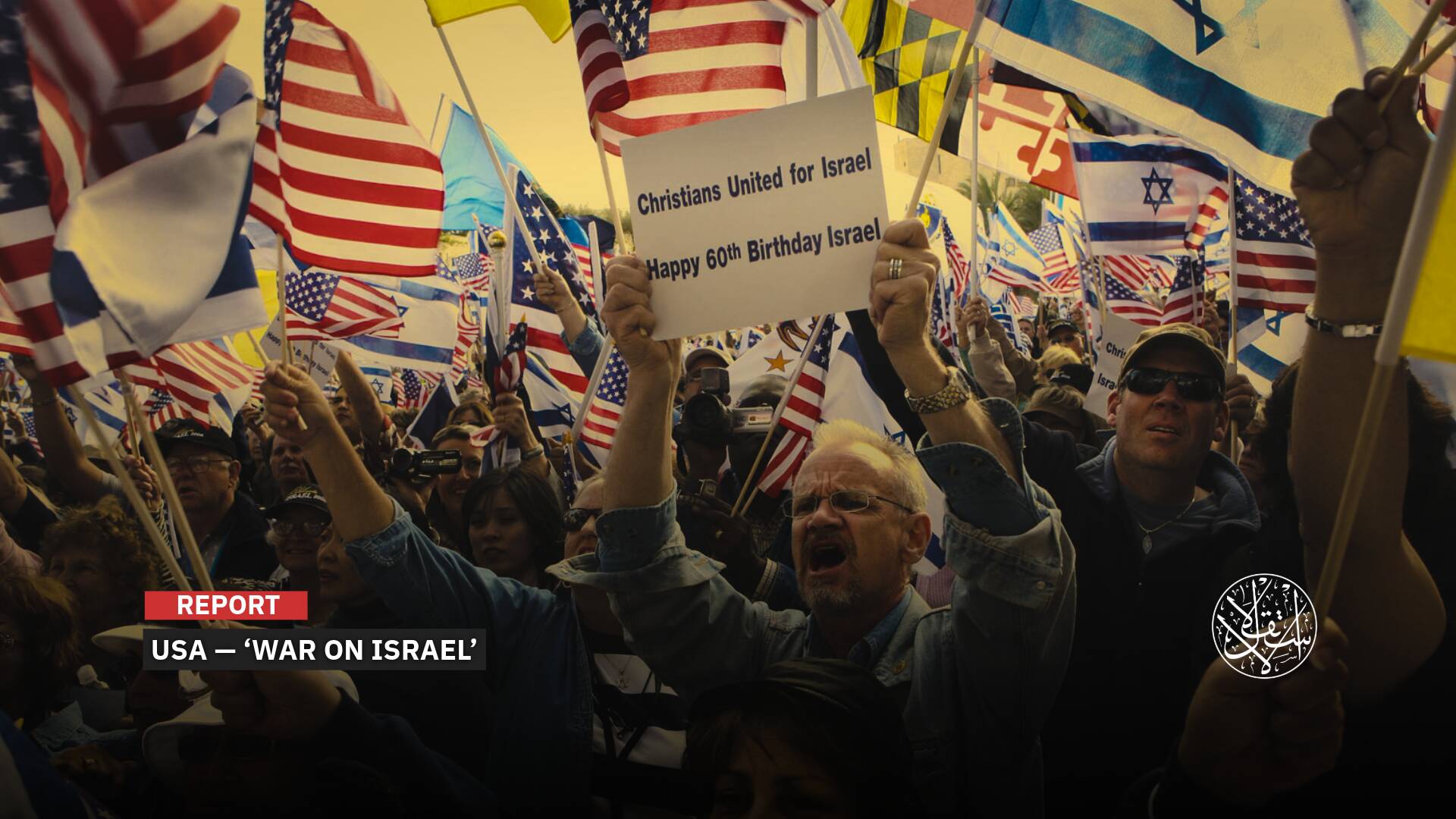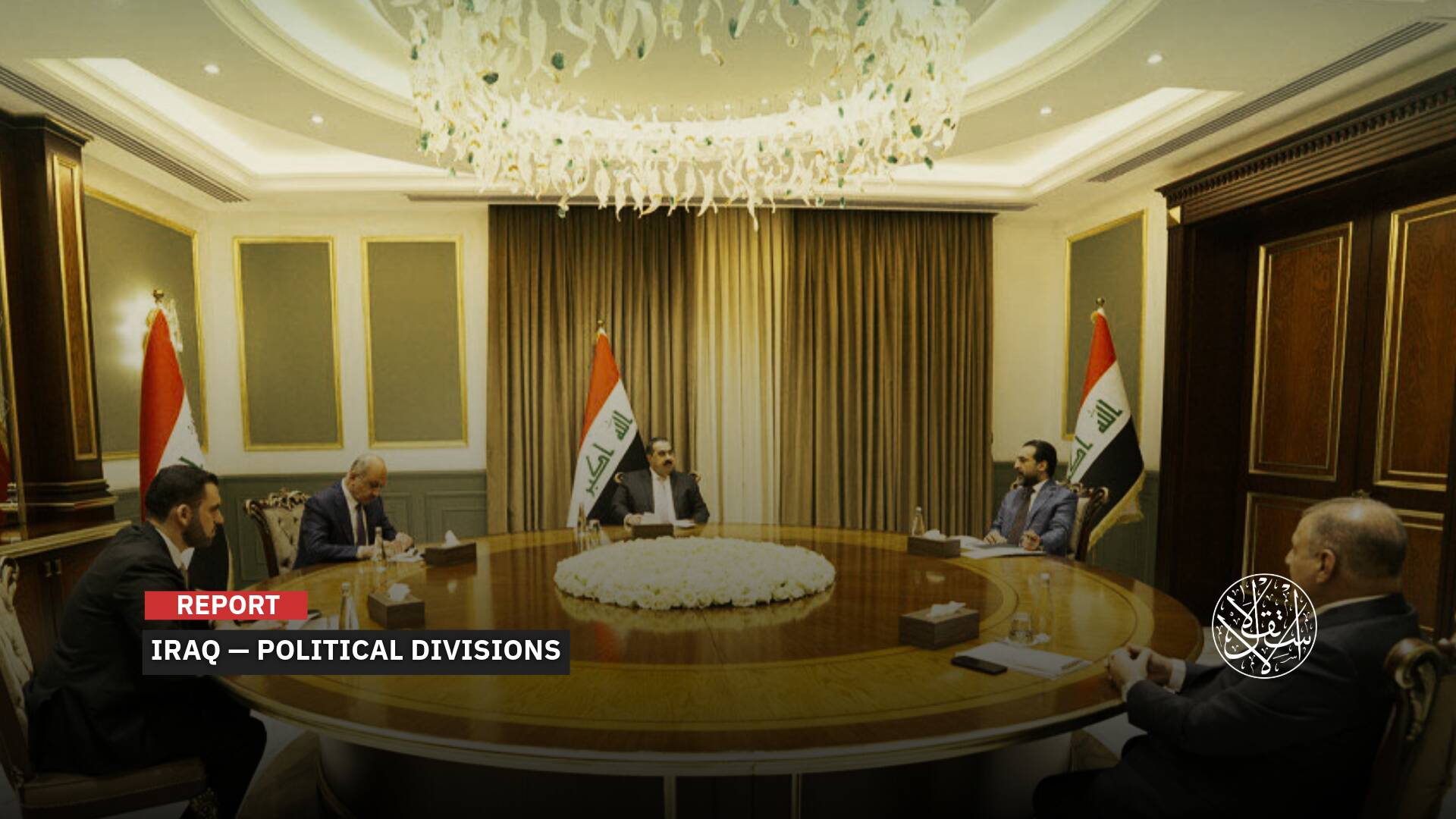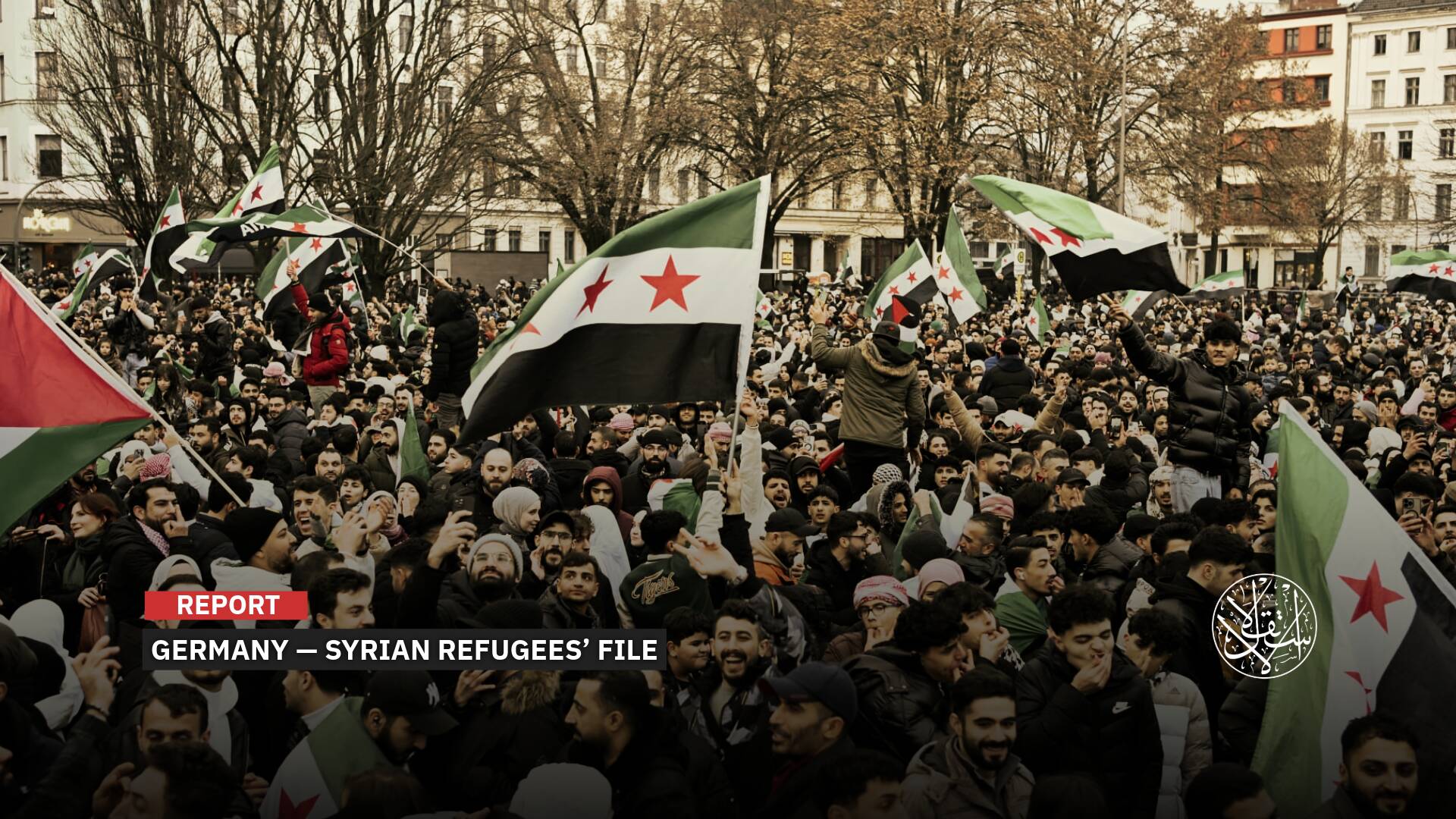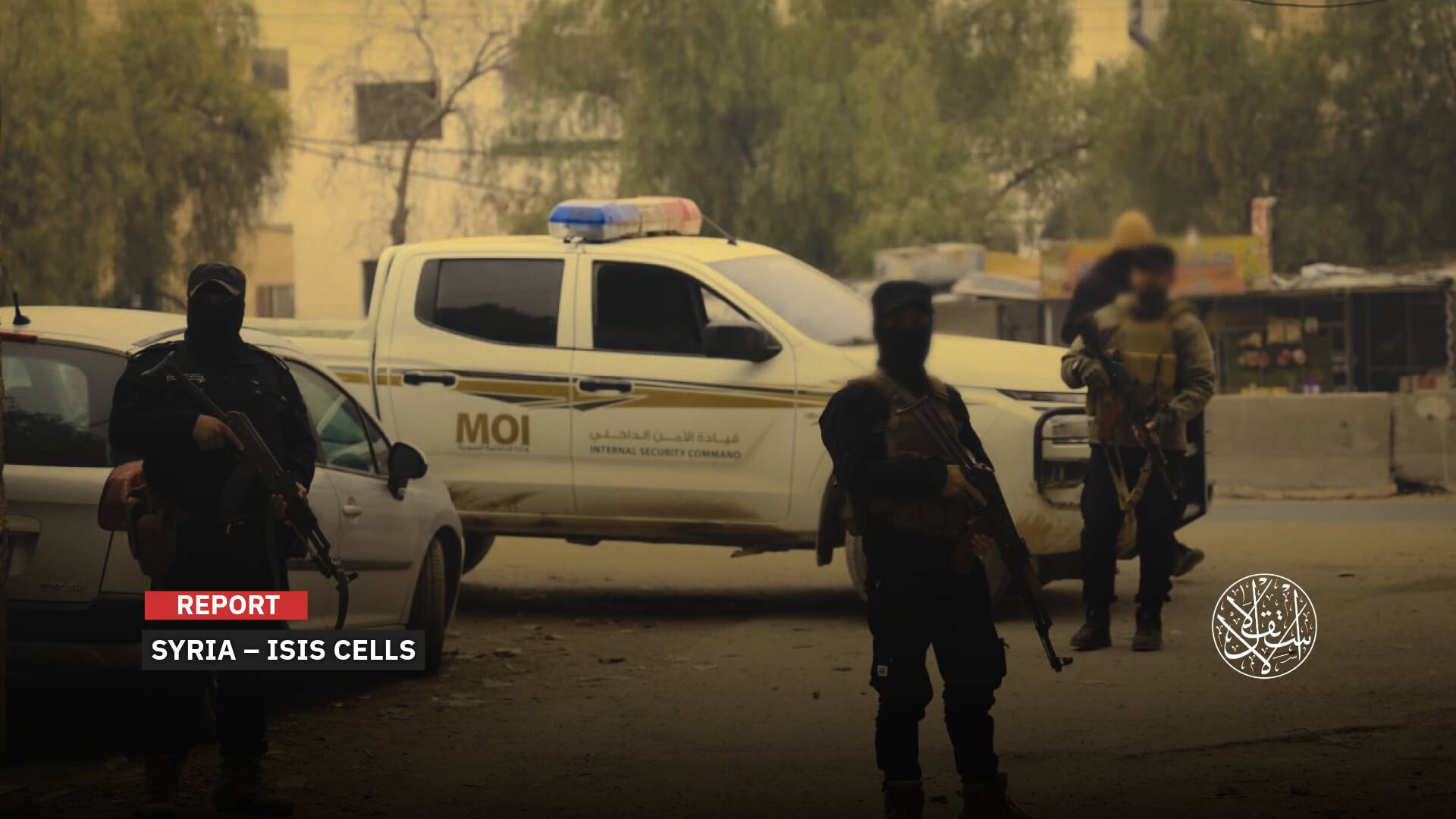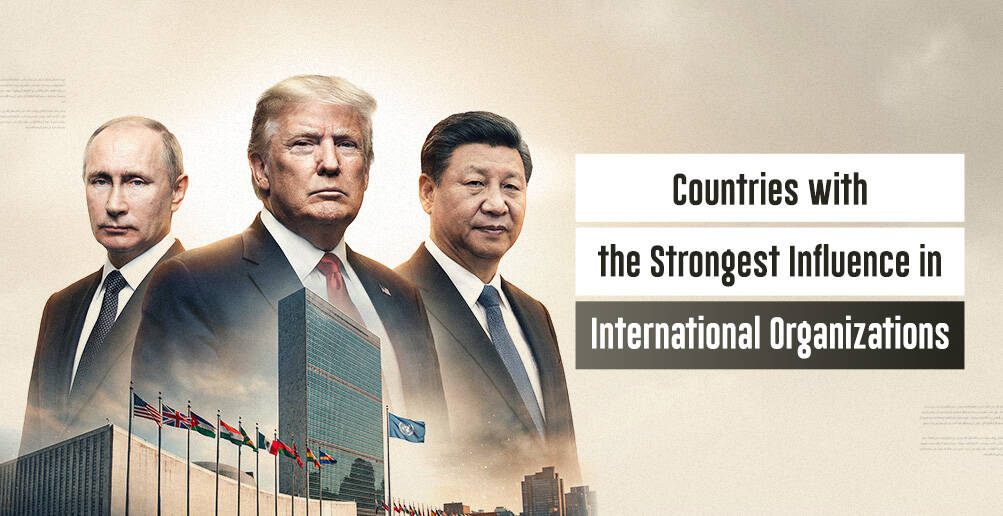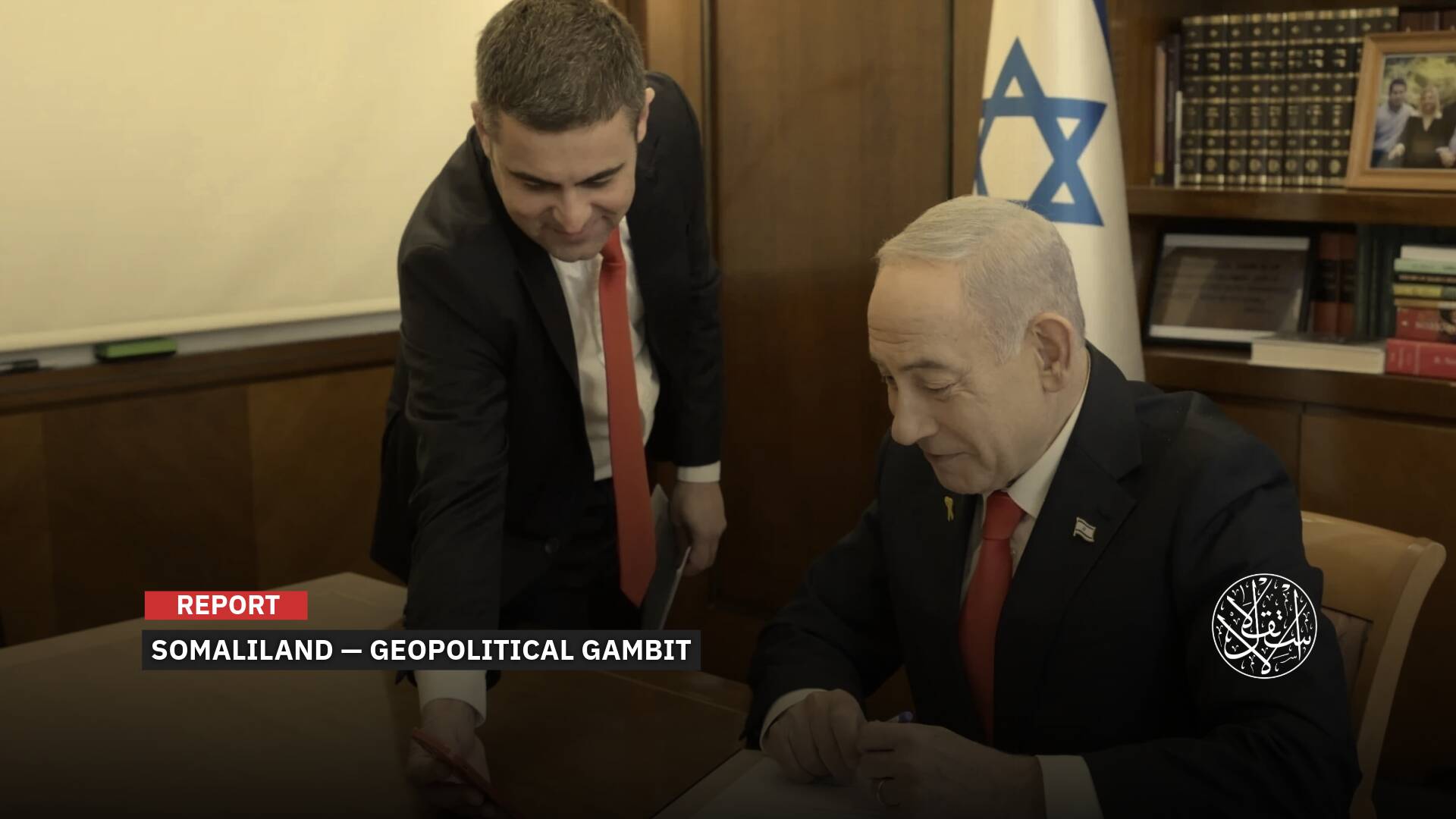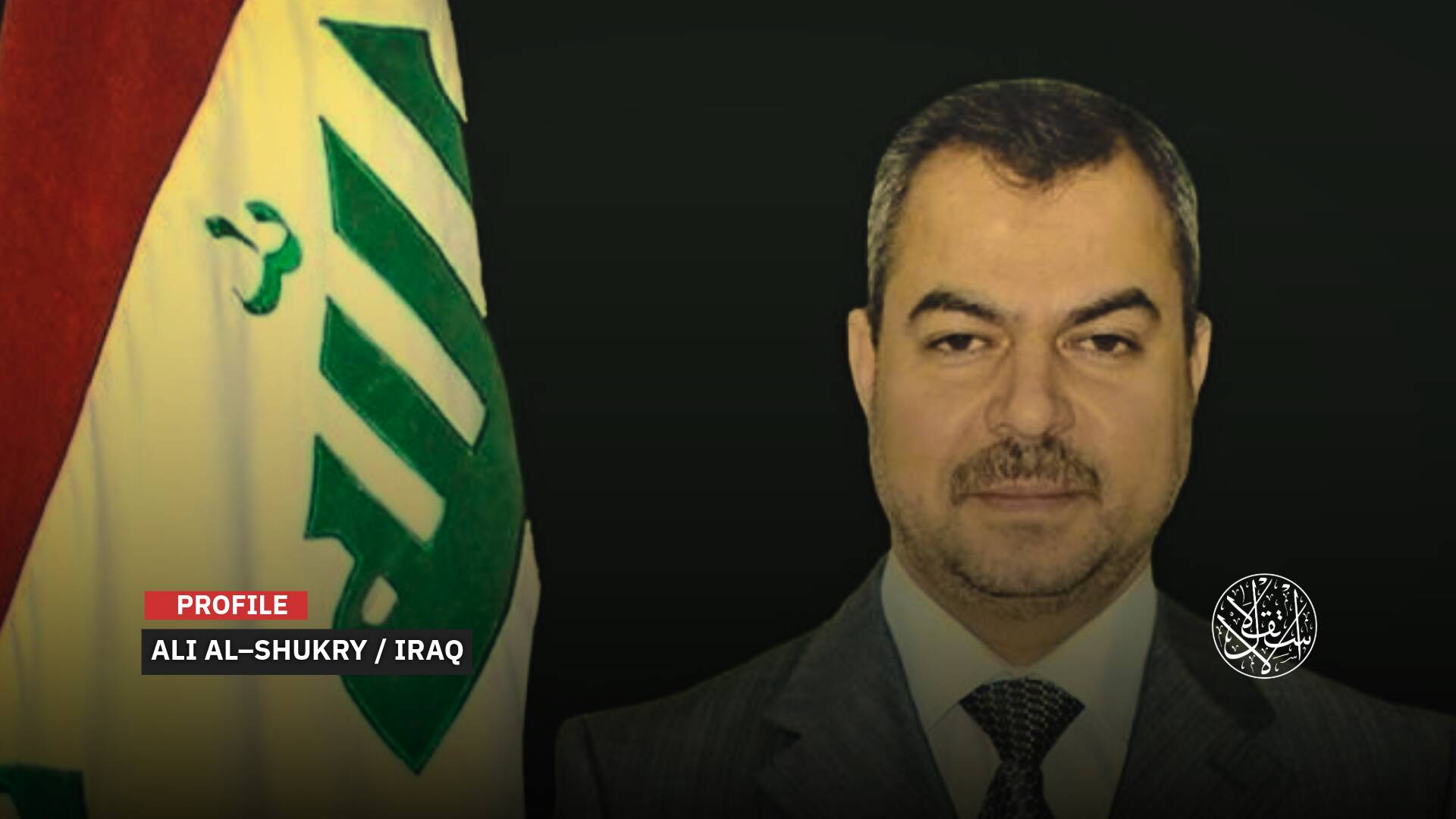How Syria Is Linked to the Assassination of 80% of Hezbollah's Leadership

Hezbollah's intervention in Syria provided Israeli spies with a “fountain of data.”
The assassination of top Hezbollah leaders, including its chief Hassan Nasrallah, highlights a significant breach in the party's security infrastructure, which was previously thought to have developed sufficient strength to resist Israeli espionage and military attacks.
Before Hezbollah intervened in Syria in 2012, the party, founded by the Iranian Revolutionary Guard in 1982, consistently emphasized the robustness of its security measures against Israeli infiltration.
‘From Concealment to Exposure’
However, the downfall of 80 percent of Hezbollah's leadership within weeks through targeted assassinations by “Israel” in Lebanon has revealed the party's shift from a state of concealment to one of exposure to “Tel Aviv.”
Military experts attribute the security lapses leading to the assassinations of senior leaders to Hezbollah's military involvement in Syria, which the group referred to as the “strategic depth” of its alliance with both the al-Assad regime and Iran.
Among those killed alongside Hezbollah’s Leader Nasrallah, during a meeting at the party's headquarters in the Beirut suburb on September 27, 2024, was Major General Abbas Nilforushan, the Iranian Revolutionary Guard's operations deputy, who had served as a military advisor in Syria.
Also among the casualties was the Commander of Hezbollah’s southern front Ali Karaki; the party acknowledged in its mourning statement his “contribution” to military operations in Syria.
Since 2012, under a direct order from Iranian Supreme Leader Ali Khamenei, Hezbollah has actively intervened in Syria, sending thousands of fighters to prevent the fall of Bashar al-Assad's regime and to assist in turning the military tide in his favor.

Observers note that Hezbollah has faced complete intelligence exposure to “Israel” for over a decade. Hezbollah has always been known for its complex and cautious security measures for its leaders in Lebanon.
In a live interview broadcast by al-Jazeera on January 12, 2000, Hassan Nasrallah stated, “Due to the complex measures we take, I doubt the Israelis can find my location. If we had that possibility, we would not have allowed you”—referring to the interviewer—” to conduct this television interview.”
This statement was in response to a question posed by the interviewer at the start of the interview, which took place in a secret location unknown even to the channel's crew: “Don’t you think Israel can accurately track our location through modern signals while we're live on air? If they wanted to target you, they could do it.”
Since Hezbollah intervened in Syria, Nasrallah has been the only figure still delivering televised speeches and meeting with Iranian officials and members of the Axis of Resistance from undisclosed locations in Lebanon.
Meanwhile, Hezbollah leaders, including 25 high-ranking figures assassinated by “Israel” since October 8, have been traveling to Syria since 2012 and appearing alongside al-Assad's forces and foreign militias brought in by Iran to prevent the regime's collapse.
For instance, Ibrahim Aqil, a member of Hezbollah's Jihad Council, the party's highest military body, was seen on various fronts in Syria.
Ahmad Wahbi was also among those assassinated by Israeli airstrikes. Wahbi was the second-in-command of Hezbollah's Redwan Force (elite forces). He was seen in military operations alongside al-Assad's forces.
Hezbollah's media releases have included footage of its leaders in Syria during military operations, yet their identities remained undisclosed until “Israel” assassinated them. This occurred when Hezbollah chose to confront Israeli Occupation in support of Gaza, which has been facing an unprecedented Israeli onslaught for a year now.
Hezbollah routinely publishes their photos and describes their roles in Syria while using alternative names instead of their real ones. It is common for Hezbollah to give its leaders and even lower-ranking members alternative names preceded by “Hajj,” such as Ibrahim Aqil, known as “Hajj Abdul Qader.”
‘The Syrian Breach’
Some Hezbollah leaders killed by “Israel” after October 8 had appeared in video recordings from combat in Syria. For instance, Wissam al-Tawil (Hajj Jawad), a commander in the Redwan Force operating in southern Lebanon, was assassinated by the Israeli Occupation on January 8, 2024.
A video believed to be from 2013-2015 shows him inside a Syrian army helicopter dropping explosive barrels on a Syrian city. When this video circulated years ago as evidence of crimes against Syrians, al-Tawil appeared clearly without being identified as a senior Hezbollah commander, as the footage was leaked by al-Assad's officers who were with him in the helicopter.
In light of this, military experts indicate that Hezbollah's intervention in Syria created a vulnerability that allowed “Israel” to significantly penetrate the party and target its leaders.
Retired General Abdullah al-As'ad, head of the Syrian Rasad Center for Strategic Studies, stated that “Hezbollah's involvement in Syria led to the exposure of all its forces, movements, arms depots, and the transit of its leaders from Lebanon to Syria over the years through the border areas they used to enter and exit.”
al-As'ad added to Al-Estiklal that this facilitated the monitoring of Hezbollah's command and control centers.
“Some Hezbollah members entered Syria primarily to collect funds, which opened the door to numerous informants within the party. This explains the targeting of leaders in Israeli airstrikes at their secret locations in Lebanon,” according to the military expert.
“The mingling of Hezbollah leaders supervising combat in Syria with al-Assad’s intelligence and Iranian and even Russian forces created a breach in tracking them and revealed their communication methods and means of transportation.”
“Further, the influence of Hezbollah leaders on Syrian regime institutions led to security exposure of their movements. While they were less visible in Lebanon, their involvement in Syria and their interactions with foreign militias brought in by Iran, some of which may have been infiltrated by Israel, contributed to this exposure,” as explained by al-As'ad.
He emphasized that “the interaction between Hezbollah leaders and al-Assad’s officers unveiled their secrecy, especially since many of al-Assad's intelligence officers are now connected to foreign countries.”

Data Analysis Unit
According to the Financial Times, “Israel’s sophisticated signals intelligence Unit 8200, and its military intelligence directorate, called Aman, mined vast amounts of data to map out Hezbollah leaders.”
In a report published on September 29, 2024, Financial Times quoted former intelligence officer Miri Eisin stating “that required a fundamental shift in how Israel viewed Hezbollah, a Lebanese guerrilla movement that had sapped Israel’s will and endurance in the quagmire of its 18 year-long occupation of south Lebanon. For Israel, that ended in 2000 in an ignominious retreat, accompanied by a significant loss of intelligence gathering.”
Eisin added that Israeli espionage widened its aperture to view the entirety of Hezbollah, looking beyond just its military wing to its political ambitions and growing connections with Iran’s Revolutionary Guards and Nasrallah’s relationship with the head of Syrian regime Bashar al-Assad.
The report highlighted that Hezbollah's intervention in Syria exposed many of its vulnerabilities, allowing “Israel” to create a comprehensive “intelligence picture” — who was responsible for Hezbollah operations, who was getting promoted, and who had just returned from an unexplained trip.

According to the newspaper, Hezbollah's intervention in Syria provided Israeli spies with a “fountain of data,” much of it publicly accessible. This included “Martyr Posters” regularly used by Hezbollah to commemorate their fallen fighters in Syria, which contained small details like the fighter's hometown, the location of their death, and the circle of friends who shared the news on social media.
The report noted that the funerals of Hezbollah casualties also revealed significant information, occasionally bringing high-ranking leaders out of the shadows, even if only briefly.
A former high-ranking Lebanese politician in Beirut said to the Financial Times that the penetration of Hezbollah by Israeli or U.S. spies was “the price of their support for al-Assad.”
“They had to reveal themselves in Syria,” he said, where the secretive group suddenly had to stay in touch and share information with the notoriously corrupt Syrian intelligence service, or with Russian intelligence services, who were regularly monitored by the Americans.
Sources
- How Israeli spies penetrated Hizbollah
- Report: How Israeli Spies Infiltrated Hezbollah [Arabic]
- American Sources: Israel Planned the Detonation of Pager Devices for 15 Years [Arabic]
- After the Official Announcement: Details on Ali Karaki, Who Was Assassinated Alongside Nasrallah [Arabic]
- To Strengthen Its Position in Lebanon, Hezbollah Withdraws Elite Forces and Personnel from Syria and Other Countries [Arabic]


